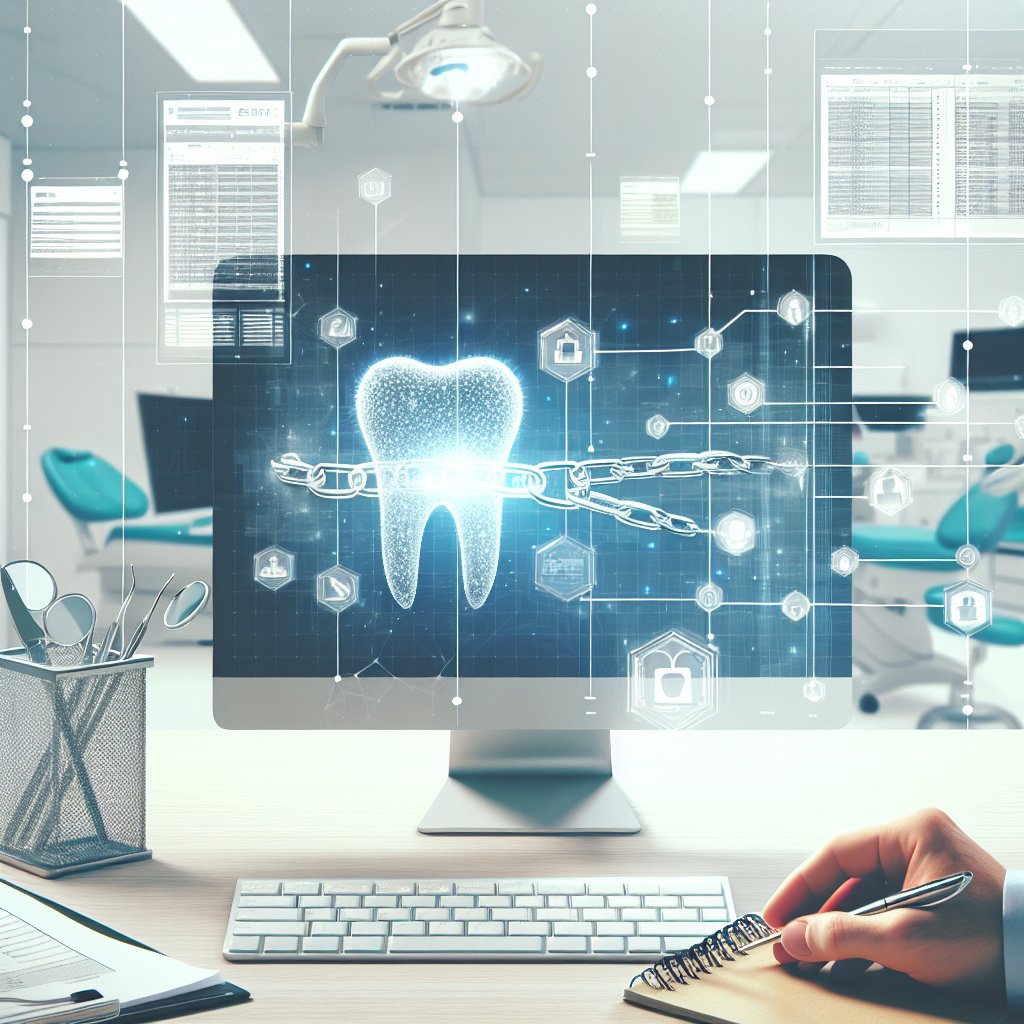The integration of blockchain technology into dental record management is revolutionizing the way patient information is stored, shared, and secured. As the dental industry continues to evolve, the need for efficient, transparent, and secure systems has become paramount. Blockchain offers a decentralized solution that not only enhances data security but also improves accessibility and interoperability among dental professionals. This article explores the various applications of blockchain in dental record management, its benefits, challenges, and future prospects.
Understanding Blockchain Technology
Blockchain is a distributed ledger technology that allows data to be stored across a network of computers in a secure and immutable manner. Each block in the chain contains a list of transactions, and once a block is filled, it is linked to the previous block, creating a chronological chain. This structure ensures that any attempt to alter the data would require consensus from the majority of the network, making it nearly impossible to tamper with the information.
In the context of dental record management, blockchain can provide a secure platform for storing patient records, treatment histories, and other sensitive information. By utilizing cryptographic techniques, blockchain ensures that only authorized personnel can access or modify the data, thereby protecting patient privacy and confidentiality.
Applications of Blockchain in Dental Record Management
The applications of blockchain in dental record management are vast and varied. Here are some of the most significant ways in which this technology is being utilized:
1. Secure Patient Data Storage
One of the primary applications of blockchain in dental record management is the secure storage of patient data. Traditional databases are often vulnerable to cyberattacks, leading to data breaches that can compromise patient information. Blockchain’s decentralized nature mitigates this risk by distributing data across multiple nodes, making it much harder for hackers to access or alter the information.
2. Enhanced Data Interoperability
Dental professionals often face challenges when trying to access patient records from different systems. Blockchain can facilitate interoperability by providing a standardized platform for data sharing. This means that dental practices can easily access and share patient information, regardless of the software they use. As a result, patients can receive more coordinated and efficient care.
3. Improved Patient Consent Management
Obtaining and managing patient consent for data sharing can be a complex process. Blockchain can streamline this by allowing patients to grant or revoke access to their records through a secure and transparent system. This not only empowers patients but also ensures that dental professionals are compliant with regulations regarding patient consent.
4. Streamlined Billing and Insurance Claims
Billing and insurance claims can often be a source of frustration for both patients and dental practices. Blockchain can simplify this process by providing a transparent and tamper-proof record of services rendered. This can help reduce disputes over billing and expedite the claims process, ultimately leading to improved patient satisfaction.
5. Tracking Dental Products and Supplies
Blockchain can also be used to track dental products and supplies throughout the supply chain. By providing a transparent record of each product’s journey from manufacturer to dental practice, blockchain can help ensure the authenticity and safety of dental materials. This is particularly important in preventing counterfeit products from entering the market.
Benefits of Using Blockchain in Dental Record Management
The adoption of blockchain technology in dental record management offers numerous benefits:
- Enhanced Security: The decentralized nature of blockchain makes it inherently more secure than traditional databases, reducing the risk of data breaches.
- Improved Accessibility: Dental professionals can access patient records in real-time, leading to more informed decision-making and better patient care.
- Increased Patient Control: Patients have greater control over their data, allowing them to manage consent and access to their records.
- Cost Efficiency: By streamlining processes such as billing and insurance claims, blockchain can reduce administrative costs for dental practices.
- Transparency: The immutable nature of blockchain ensures that all transactions are recorded transparently, fostering trust between patients and dental providers.
Challenges and Considerations
Despite its many advantages, the implementation of blockchain in dental record management is not without challenges:
1. Technical Complexity
The technical complexity of blockchain technology can be a barrier to adoption for many dental practices. Understanding how to implement and maintain a blockchain system requires specialized knowledge and training, which may not be readily available in all dental offices.
2. Regulatory Compliance
The healthcare industry is heavily regulated, and any new technology must comply with existing laws and regulations. Ensuring that blockchain systems meet these requirements can be a significant hurdle for dental practices.
3. Integration with Existing Systems
Many dental practices already use established electronic health record (EHR) systems. Integrating blockchain technology with these existing systems can be challenging and may require significant investment in new infrastructure.
4. Patient Education
For blockchain to be effective in dental record management, patients must understand how it works and the benefits it offers. Educating patients about blockchain technology and its implications for their dental care is essential for successful implementation.
The Future of Blockchain in Dental Record Management
The future of blockchain in dental record management looks promising. As technology continues to advance, we can expect to see more dental practices adopting blockchain solutions to enhance their operations. The potential for improved patient care, increased efficiency, and enhanced security will drive this trend.
Moreover, as patients become more aware of their rights regarding data privacy and security, they will likely demand more transparency and control over their health information. Blockchain technology aligns perfectly with these expectations, making it an attractive option for dental practices looking to stay ahead of the curve.
In conclusion, the integration of blockchain technology into dental record management presents a transformative opportunity for the dental industry. By enhancing security, improving interoperability, and empowering patients, blockchain can help create a more efficient and patient-centered dental care system. As challenges are addressed and technology continues to evolve, the widespread adoption of blockchain in dental practices is likely to become a reality, paving the way for a new era in dental record management.




